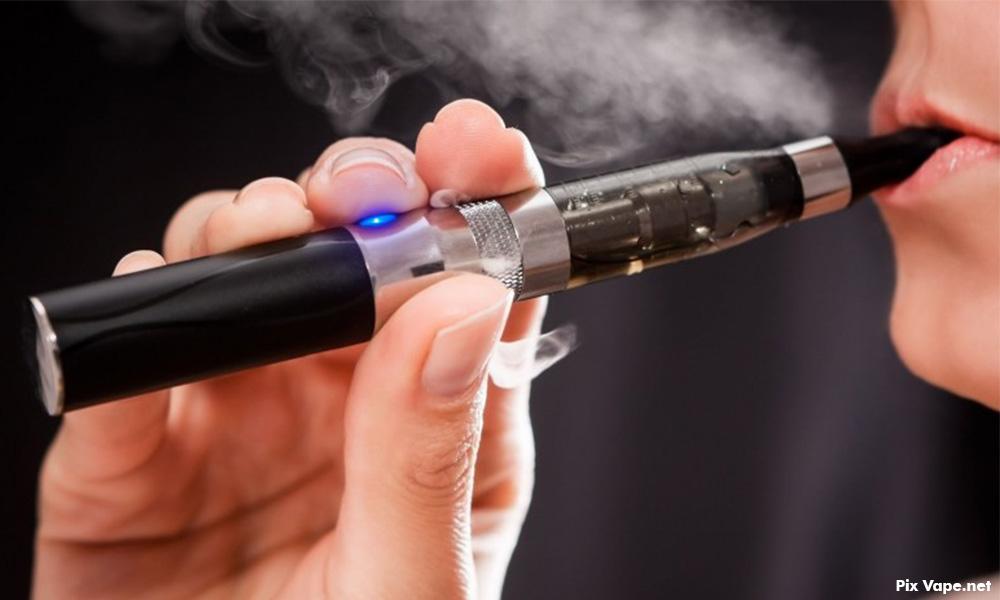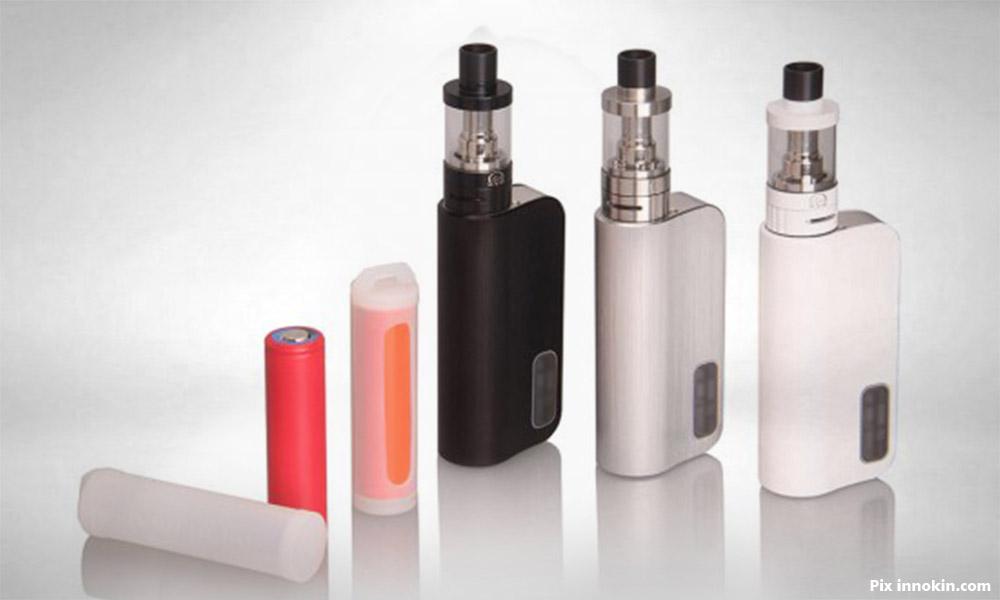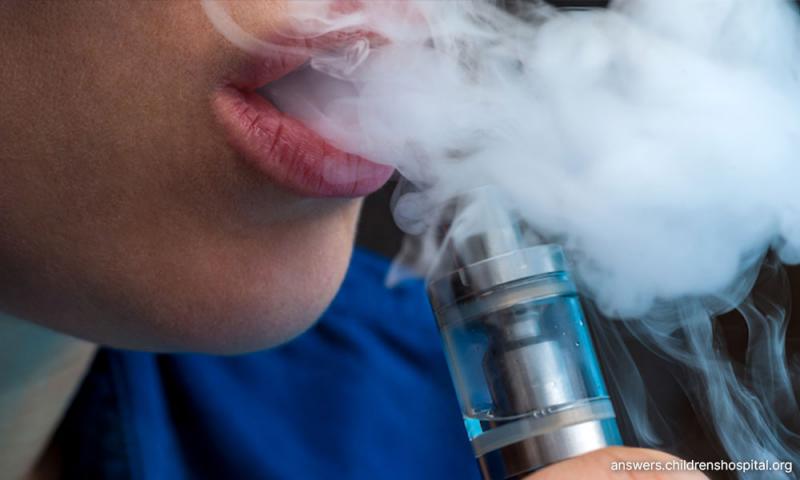LETTER | Protect our girls from vape addiction
LETTER | Did you know that teenage girls are also on to the vape culture? Approximately one in four Malaysian teenage girls is a vaper.
That is more than the number of smokers, alcohol consumers and drug users combined. As women, we have the power to stop this harmful habit from damaging our girls.
As a woman, mother and a proud Malaysian, seeing the rise of smoking and vaping among young Malaysians, especially our daughters, is deeply troubling.
This “epidemic”, hidden under plumes of smoke and mist, affects every family, community and the very fabric of our nation.
The statistics speak louder than words. The National Health and Morbidity Survey (NHMS) 2022 has revealed a significant increase in the prevalence of e-cigarette and vape use among teenagers, accompanied by a decline in the rate of smoking.
More worrying, vaping is nearly four times more common than smoking cigarettes among female teenagers.
This shows that adolescents may be switching cigarettes for vape, described as a “public health threat”.
This is not just a statistic; it represents our future generation. Imagine what will happen to them if it is not curbed from now.
With the emergence of vaping as the “cool” and “healthier” alternative to traditional cigarettes, many have been convinced into thinking they have found a safer vice.
The beautifully designed vaping devices with myriad flavours and modern marketing tactics have caught the eyes of our teenagers, making it more acceptable among young females than traditional smoking.

Such behaviour exposes them to addiction risks and potentially serves as a gateway to more dangerous substance abuses, if they are not controlled such as consuming e-liquids laced with illicit drugs.
Please do not be fooled by the word “tobacco harm reduction” sold by the tobacco and vape industry players.
There is no harm reduction in it when our teenage girls start trying vaping for the first time and become lifelong nicotine addict.
Be aware that 99 percent of the e-liquid sold is nicotine based, even when it is labelled as “nicotine-free”. The industry’s main aim when selling vape is for them to become wealthier and for their users to become poorer.
Let us not be mistaken. Vaping is not free from risks. Recent studies have shown potential harms associated with e-cigarettes, including respiratory issues, addiction and exposure to harmful chemicals.
As a mother, it is heart-wrenching to see our children risk their future for fleeting moments of pleasure for peer approval.
Even when we think our teenagers only mix around with vapers but do not vape, studies have shown that being around vapers can make your teenager become influenced by it as they can be addicted to the nicotine that is puffed out from the vape of their peers.
‘Financially draining habit’
Hence, we must stand united, using our collective strength to combat this looming health crisis.
Moreover, the financial drain from both smoking and vaping cannot be ignored. Every ringgit spent on these products is a ringgit less for our children's education, family's health or community's development.
The economic implications are vast, with medical expenses for related health complications burdening our nation's healthcare system.
But this is not just about money or health. It is about the very essence of our Malaysian identity. We pride ourselves on our rich traditions, close-knit communities and emphasis on family.
Smoking and vaping threaten these values by introducing divisiveness, health disparities and increased mortality rates.
Some may argue that vaping is a personal choice, and that women have the right to do whatever they want with their bodies but this is a false and misleading notion.
Vaping is not a choice; it is an addiction. It is not empowering; it is enslaving. Vaping exposes women to nicotine, a highly addictive substance that affects brain development, mood and cognition.

Nicotine also increases the risk of cardiovascular diseases such as hypertension, heart attack, stroke and reproductive disorders that can lead to infertility, and many types of cancers.
Nicotine also has been shown to cause osteoporosis (brittle bone) that will easily lead to fracture.
Vaping also exposes women to harmful chemicals, such as formaldehyde, acetaldehyde and acrolein, which can cause lung damage, inflammation and DNA mutations. Vaping is not a harmless hobby; it is a deadly habit.
The cost of treatment for the diseases and complications related to vaping outweighs the cost of buying a vape pen and its e-liquid refills.
Worse, the complications can be lifelong and will need long-term care at a healthcare facility. With the rising cost of living worldwide, would it be safer and wiser to not vape at all, and instead invest the money for education and health?
To all my fellow Malaysians, let us not fall prey to the allure of smoking and vaping. We must remember our responsibilities, not only to ourselves but to future generations.
By fostering open conversations, supporting cessation programmes and focusing on education, we can steer our nation away from this hazy path.
As women, let us wield our influence to create a smoke-free Malaysia. Let our legacy be one of courage, resilience and love - not of ash and mist.
Let us support the Generational End Game for Tobacco Control Policy towards a healthy and smoke-free society.
Nur Amani Ahmad Tajuddin is the deputy coordinator of Nicotine Addiction Research and Collaborating Group (NARCC) and Family Medicine Specialist, Universiti Malaya.
Siti Idayu Hasan is a member of NARCC and impact officer at Universiti Malaya Community Engagement Centre (UMCares).
Farizah Mohd Hairi is a member of NARCC and public health medicine specialist, Universiti Malaya.
The views expressed here are those of the author/contributor and do not necessarily represent the views of Malaysiakini.
RM12.50 / month
- Unlimited access to award-winning journalism
- Comment and share your opinions on all our articles
- Gift interesting stories to your friends
- Tax deductable
